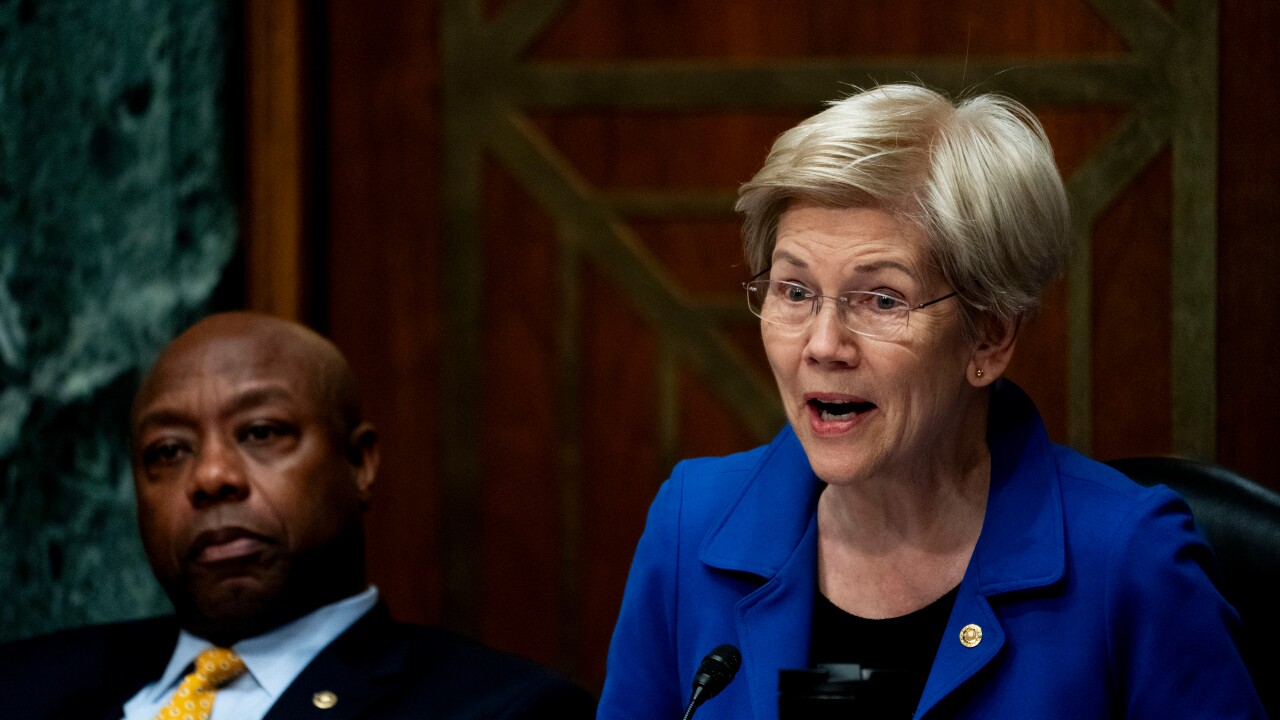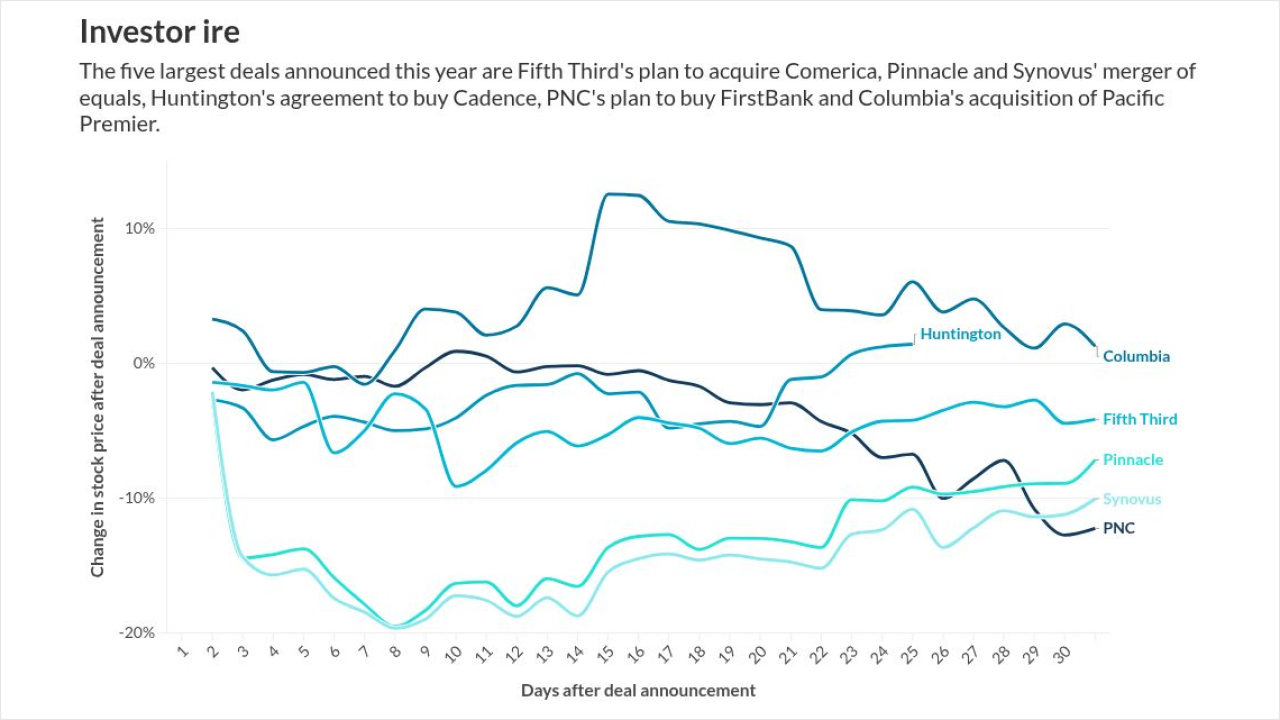Before COVID-19, cash usage at the point of sale was already on the decline, prompting a brief clash between retailers and governments over the requirement for cash acceptance. When Amazon launched its cashierless
In response to what appeared to be a war on cash, state and local legislators across the U.S. responded by passing
However, much of that seems to be in the distant past, now with
Toronto-Dominion Bank plans to give most employees the option to return to the office this month and is aiming for workers to officially transition to their new working models by June.
The Biden administration once again extended the pause on student loan payments enacted to help borrowers during the COVID-19 pandemic, this time through the end of August.
Employees will still have some flexibility to work from home, but are strongly encouraged to collaborate with colleagues in person, according to people familiar with the matter.













